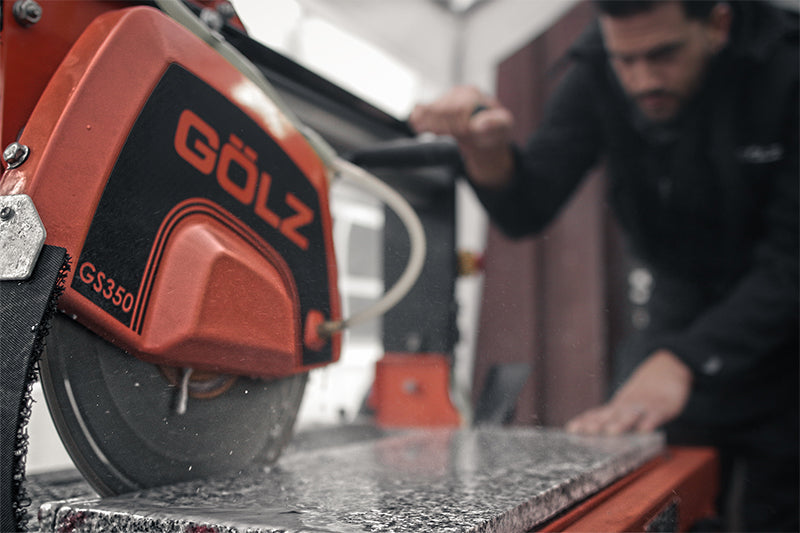Choosing the right saw is one of the most important decisions a contractor makes before starting any concrete, masonry, tile, or stone job. The correct saw saves time, reduces mistakes, and cuts project costs. Here’s what every contractor should know before buying their next saw.
Common Saws Contractors Use
- Masonry saws: Built for cutting brick, block, and concrete on job sites.
- Table saws: Best for accurate and repetitive cuts on larger materials. See table saws
- Tile saws: Used for ceramic, porcelain, and stone tile. Wet saws keep dust down and produce straight edges.
- Granite and stone saws: Designed for dense, natural stone like granite and marble.
- Floor saws: Walk-behind saws for concrete slabs and asphalt. Ideal for roadwork and flooring projects. Browse floor saws
- Handheld saws: Portable saws for quick, on-the-go cuts and demolition. See handheld saws
Avoid Issues With Electric Table Saws
High-powered electric table saws need the right power source for safe, reliable use. Plugging into a standard 15 or 20 amp outlet (when your saw needs a dedicated 30 amp or more) can cause the switch to fail or trip breakers. Always check your saw’s manual for the required amperage and make sure you’re using the proper circuit.
If you use an extension cord, pick a heavy-duty, low-gauge cord (like 10 or 8 AWG for long distances) to avoid voltage drop, overheating, and equipment damage. For best results and safety, plug your saw directly into the correct outlet whenever possible.
Not sure about your setup? Contact our team or call 800-211-0665 before you get started.
How to Choose the Right Saw
- Start with the material. Concrete and block need masonry saws. Tile work requires a tile saw. Granite or marble call for a granite or stone saw.
- Look at job size and frequency. Big jobs or daily use need saws with higher power and durability. Small, quick projects might be fine with compact models.
- Check power source. Gas saws are best for outdoor or remote work. Electric saws suit indoor sites with steady power.
- Consider mobility. Floor saws and table saws work best when set up in one spot. Handheld saws are built to move fast from job to job.
- Choose the right blade. Use the right blade for the material. Diamond blades cut most hard surfaces and come in types for concrete, tile, stone, or general use. See diamond blades
- Think about dust control. Wet saws use water to reduce dust and keep the blade cool, especially useful indoors or when cutting tile and stone.
Saw Types at a Glance
| Saw Type | Main Use | Best For | Shop |
|---|---|---|---|
| Table Saw | Large format cutting, repeat cuts | Stone, tile, masonry panels | Table saws |
| Floor Saw | Concrete slabs, asphalt | Roadwork, trenching, flooring | Floor saws |
| Handheld Saw | On-site, demo, remote work | Repairs, fast cuts, mobility | Handheld saws |
| Diamond Blades | All cutting applications | Concrete, tile, stone, masonry | Diamond blades |
Contractor Saw Safety and Maintenance
- Inspect the saw and blade before every job.
- Wear safety glasses, gloves, and hearing protection every time.
- Use water with wet saws to control dust and keep the blade cool.
- Clean the saw after use to extend its lifespan.
- If you’re unsure which saw or blade fits your job, reach out for help.
Need Help Choosing?
If you have questions or want a recommendation for your next project, contact our team or call 800-211-0665.
